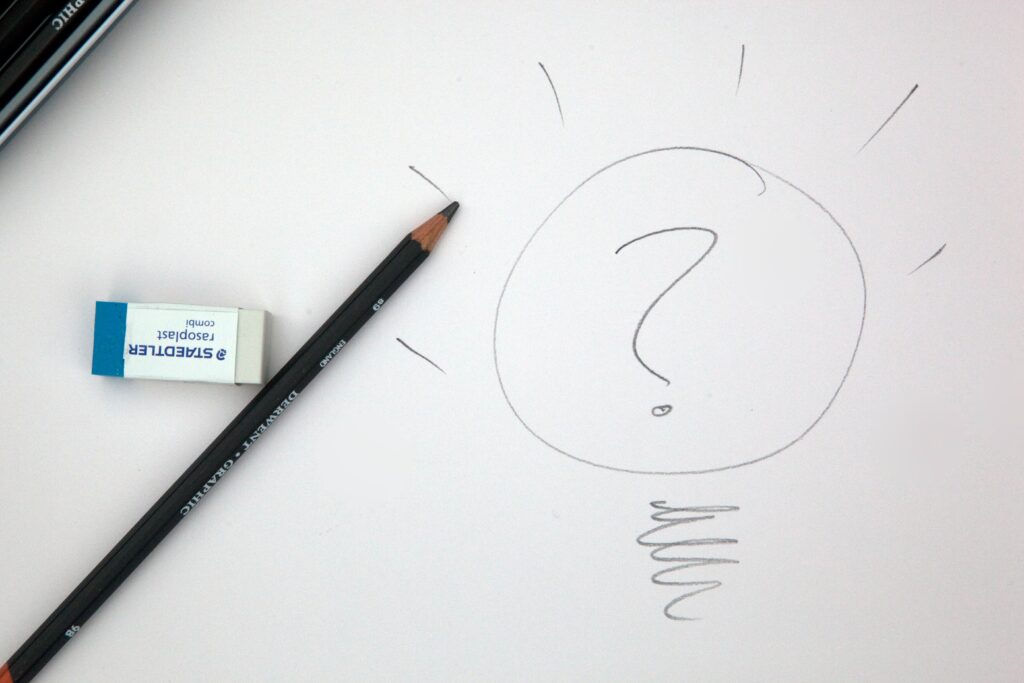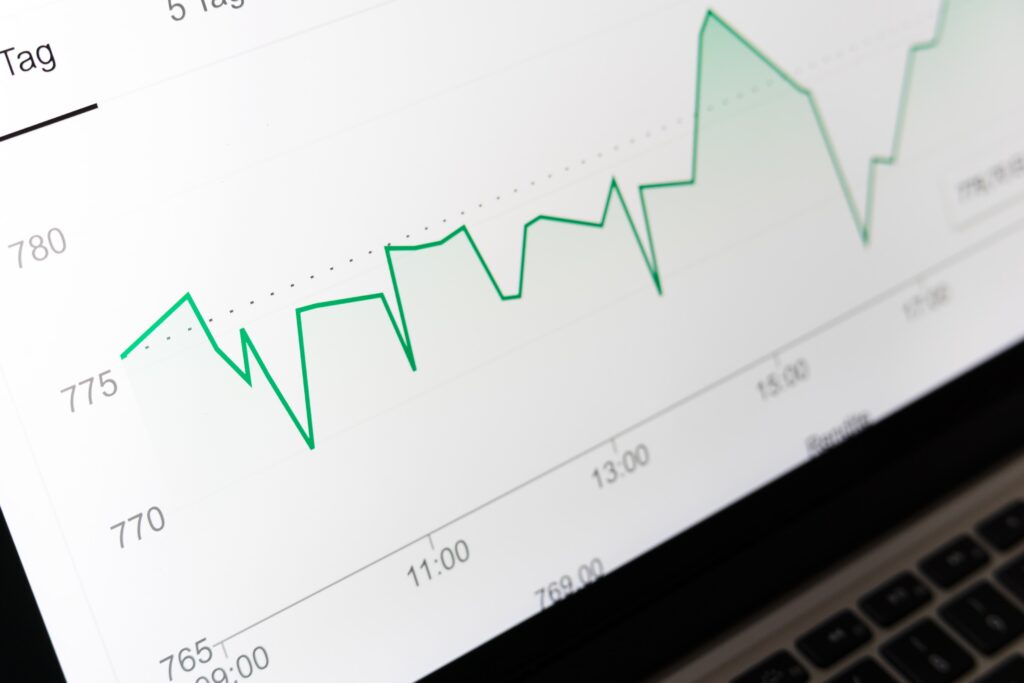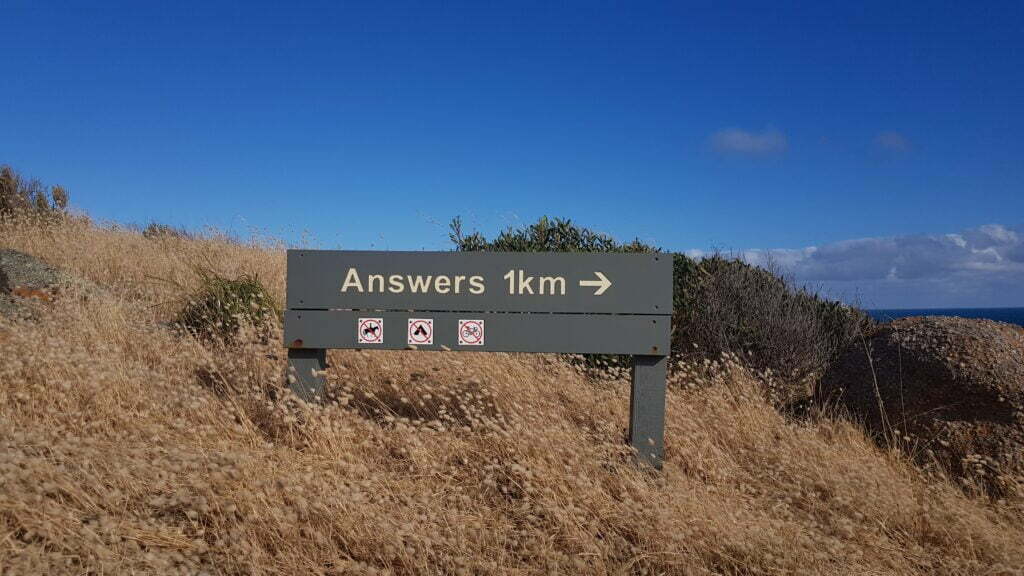This is the first blog of a series about data visualization and Tableau. In this blog, I will answer the following three questions: What is a chart? Why is it important to choose the right one? And, how to choose the right one? I hope you will enjoy reading this blog and learn from it. While writing I definitely did.

What is a chart?
Charts are a way of expressing data. They help your audience understand complex datasets, identify trends, find patterns, and tell a story. By the way, by using the word charts, I also mean plots, diagrams, tables, maps, and graphs. Common chart types most people recognize are, for instance, line charts, bar charts, scatter plots, histograms, pie charts, and Gantt charts. Of course, there are also more exotic variations like Sankey diagrams, parallel Sets, bubble charts, and violin plots.
No matter how exotic the chart type, they all have common elements by which you can recognize them. For instance, axes, marks (e.g. data points), a title, a legend, labels, ticks, and grid lines. Remember that not all elements are always useful or even necessary. Personally, I try to use as few elements as possible to show as much data as possible. This is called the Data-Ink ratio. If you want to know more about this concept, you should definitely try The Visual Display of Quantitative Data by Edward Tufte (1983).

Why is it important to choose the right one?
To ensure your message is clear and accurate. Choosing the wrong chart can lead to poor judgment of the insight you want to share or even worse, misleading information. Whereas a correct chart leads to right and faster decision making.
How to choose the right one?
The type of chart you use depends primarily on two things: the data you want to communicate, and which story you want to convey about that data. Before you choose, ask yourself at least the following three questions:
- What would you like to visualize?
- What are the characteristics of your data?
- Which question are you trying to ask?
First, what do you want to show? Do you want to compare values? Understand the distribution of your data? Are you searching for relationships (correlation) between variables? Or do you want to show the composition (part-to-whole) of something? Comparison, composition, distribution, and relationship are the four basic presentation types. No worries, you don’t need to remember them by heart. You can always use this great overview by Andrew Abela as a cheat sheet.
Second, have a look at your data. What is the number of variables you want to show in a single chart? What is the number of marks for each variable? And, what about temporal or spatial components? In addition, have a look at the different data types. Are you working with numeric (order or not), categoric, or both?
Finally, always check if your chart type is capable of answering the question(s) you are trying to ask. Can you answer it by using your visualization? If not, you are probably using the wrong chart type 🙂

Tableau
With the help of Tableau, you can transform your data into an effective visualization or dashboard. For this, Tableau provides a range of chart types. Want to know more? Please read the whitepaper ‘Which Type of Chart or Graph is Right for You?’. Or directly start with building charts yourself using this guide.
Helpful resources:
- Leads you to the most appropriate graph for your data: https://www.data-to-viz.com/#explore
- Search the right chart type by filtering on family, input, function, or shape: https://datavizproject.com/#
- Library to search for different types of visualizations mainly by function: https://datavizcatalogue.com/search.html
- What type of visualizations (books and tools) do we search for and why? http://visualizationuniverse.com/
- A great resource about types and selecting charts: https://material.io/design/communication/data-visualization.html#types
- Useful catalog of references that will offer an answer to one of the most common questions in data visualization: ‘which tool do you need to make that chart?’ http://chartmaker.visualisingdata.com/
- More about data types: https://dataled.academy/guides/data-types/
- Last but not least, Andy Kriebel created this great Tableau resource for deciding which visualization to use: https://public.tableau.com/en-us/gallery/visual-vocabulary
In my next blog, I am writing about color theory and what it has to do with data visualization within Tableau.
Thanks for reading and don’t forget to tell your friends! If you want to improve your Tableau skills, have a look at our training page. If not, we are there to help you. For more information, please have a look at our website. Finally, if you want to know more or just have a chat? Just contact me through LinkedIn.


